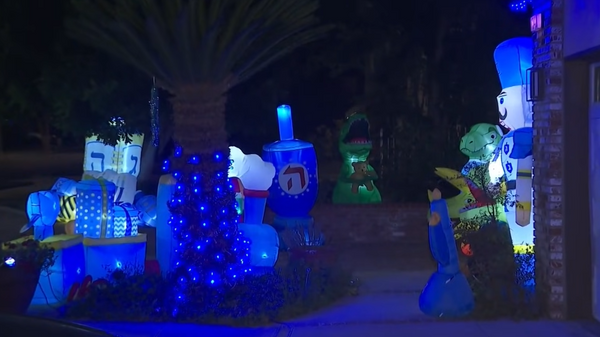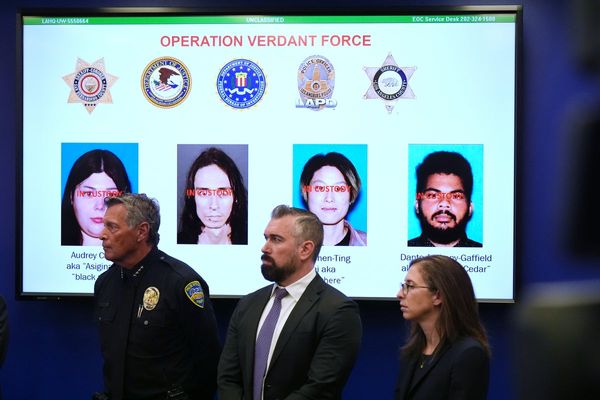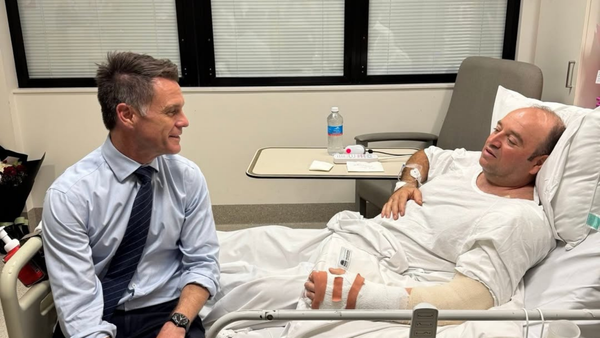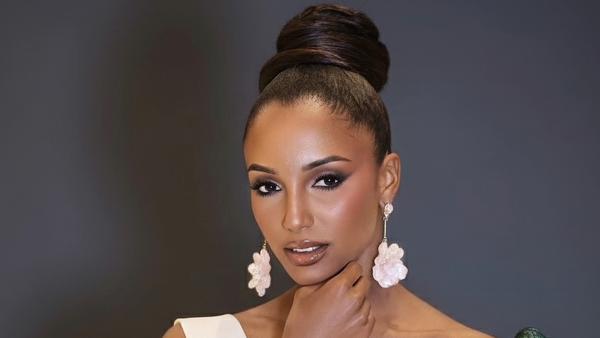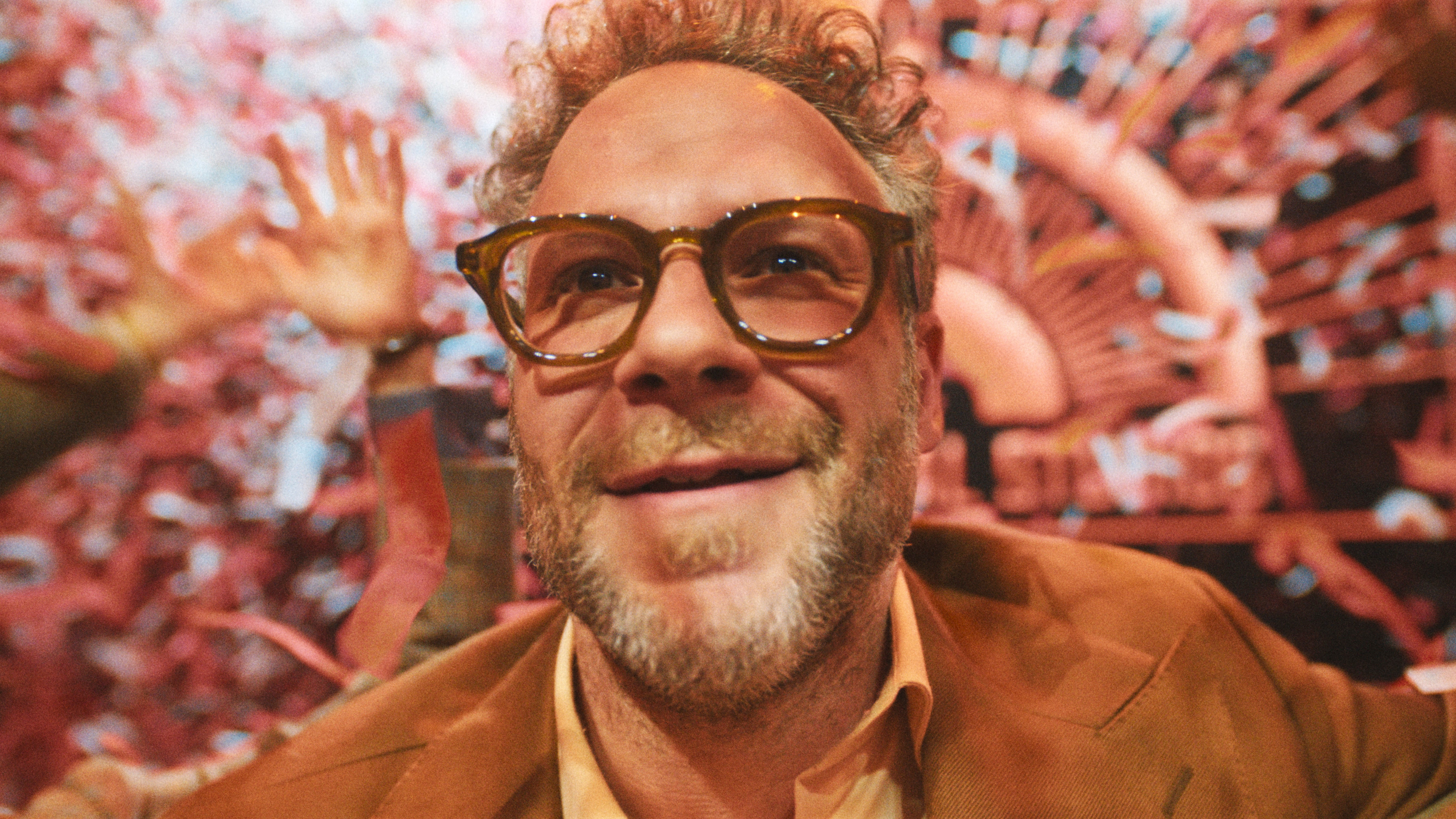
Apple TV+’s The Studio isn’t just one of the funniest shows of the year, it’s also one of the most daringly made. While it skewers the absurdities of the film industry with deadpan precision, it's also a masterclass in filmmaking. Behind the laughs is a bold visual language anchored by a single idea: one camera, one lens, one continuous take.
In a new behind-the-scenes video interview released by Dolby, Director of Photography Adam Newport-Berra breaks down how this distinctive approach came to life.
Above: A Dolby YouTube video featuring an interview with The Studio DP Adam Newport-Berra
It all began with a deceptively casual pitch from creators Seth Rogen and Evan Goldberg: "Yeah, we want to shoot the show with one camera, with one lens, and we want to do everything in one shot," Newport-Berra recalls.
But behind the simplicity was a carefully considered strategy. The long take or 'oner' wasn’t a gimmick but a way of injecting nervous energy into each scene, echoing the relentless pressure of the film world the show so gleefully satirizes. A similar technique was used to great effect in Adolescence, the British drama now on Netflix, where it heightened emotional tension and immersion.
Newport-Berra, known for his work on one-shot music videos and ambitious long takes, actively sought out the project. "I really love working within the confines of some sort of restriction," he explains. "To me, it’s actually the most liberating thing you can do, because it frees up your mind to think about other things."
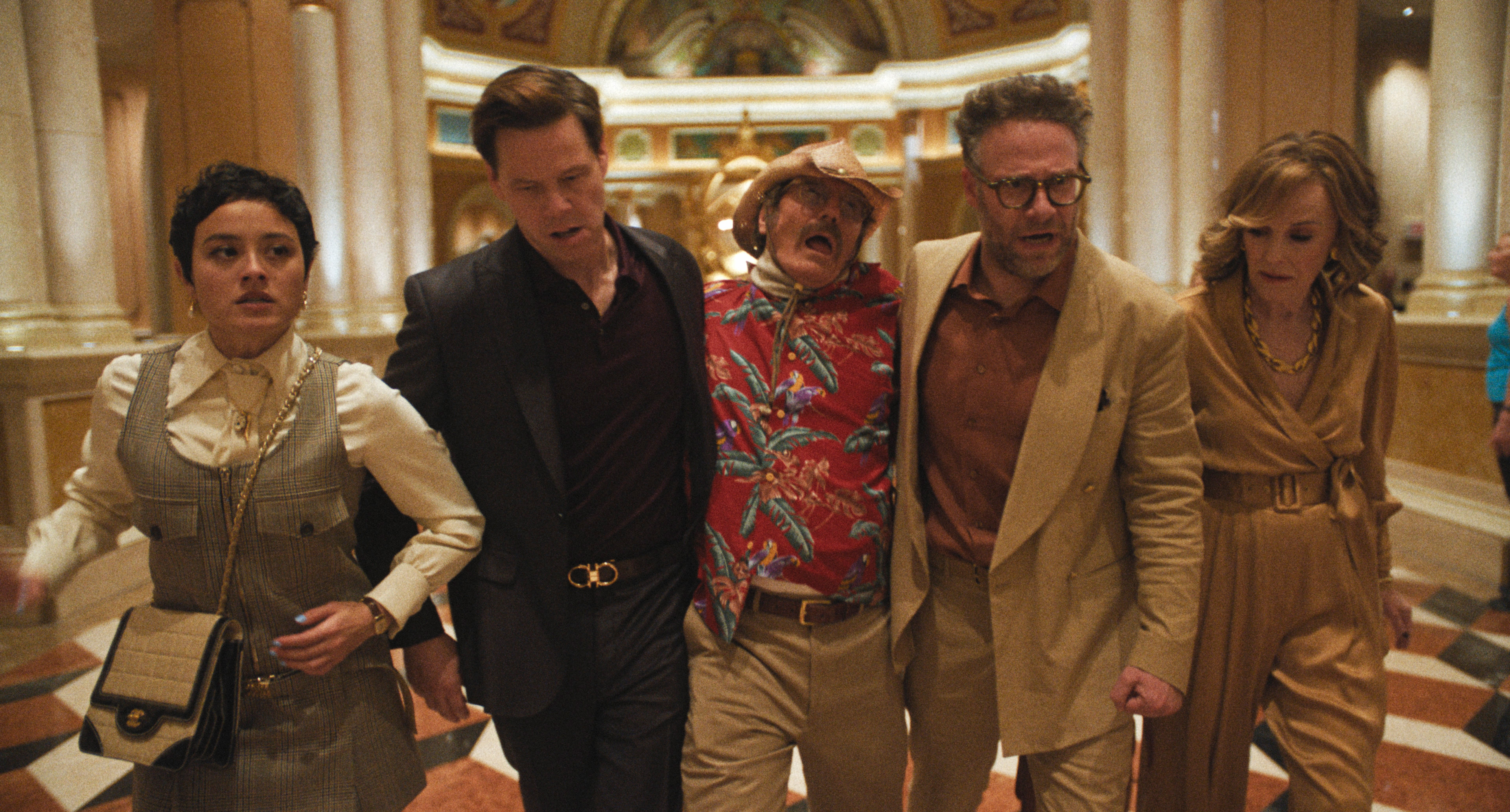
Every technical choice served the vision. The team used an ARRI Alexa 35 and just one cine lens throughout: a 21mm Zeiss Master Prime at T1.3. That single setup gave them incredible flexibility. Tight close-ups and wide master shots could all be captured in one flowing move.
The lens’s close focus was crucial for zipping between facial expressions and full-room coverage, while its speed enabled them to work with minimal artificial lighting, vital when shooting in 360 degrees.
Perhaps the most elegant solution came when facing exposure changes. Moving from sunlit exteriors to dim interiors in a single take normally requires stopping down, which would kill the show’s signature shallow depth of field. Instead, they used a remotely controlled variable ND filter, essentially two polarizers mounted together and adjusted remotely by the DIT (Digital Imaging Technician). This enabled the crew to keep the lens wide open while smoothly adapting to changing light, without sacrificing image texture.
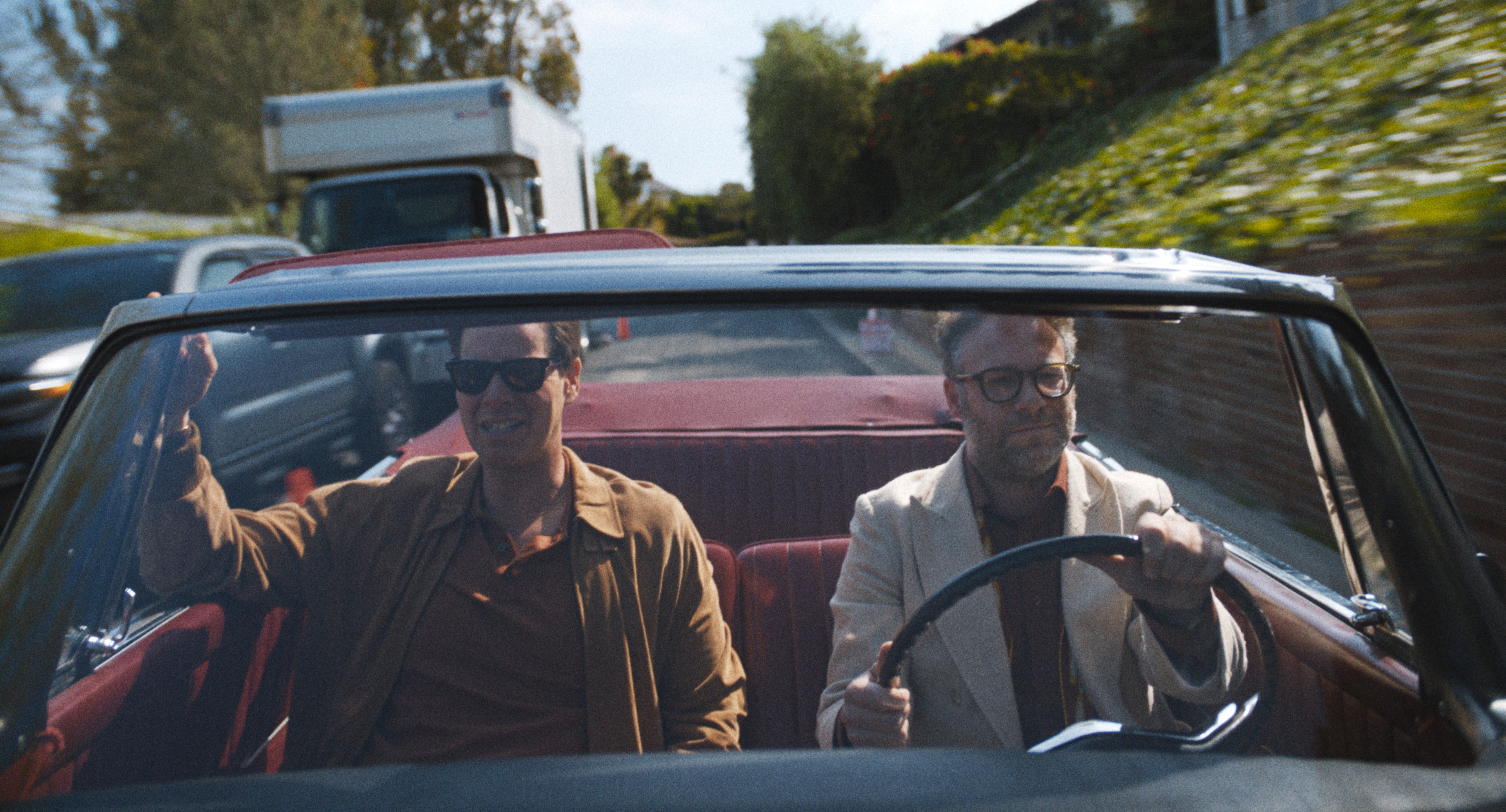
The most ambitious episode, fittingly titled The Oner, comes in Episode 2, a 25-minute continuous shot set across multiple real-world locations in Los Angeles, including a famous John Lautner house with towering glass walls. "There’s really no cheating magic hour," Newport-Berra says, underscoring the near-impossible challenge of controlling natural light in such a space.
But somehow, they pulled it off, and what’s left isn’t just a visually clever comedy. The Studio is proof that strict creative limitations can lead to extraordinary invention. Rogen, Goldberg, and Newport-Berra didn’t just commit to a bit; they committed to a visual philosophy. In doing so, they’ve shown that even in the world of episodic comedy, bold, cinematic storytelling still has a place and can be just as thrilling as any blockbuster set piece.
you may also like
Check out our guides to the best cameras for filmmaking and the best cine lenses.

